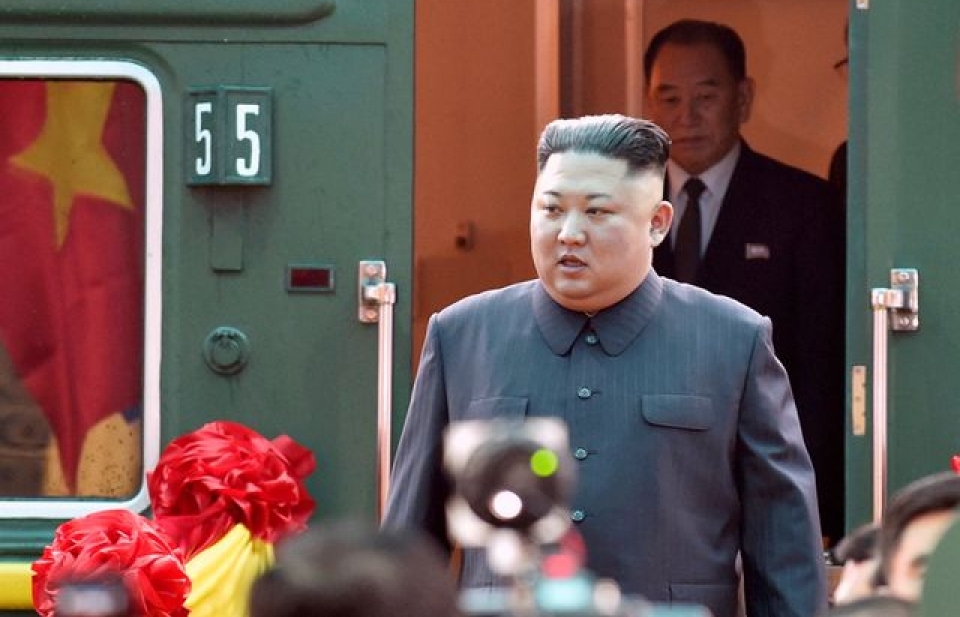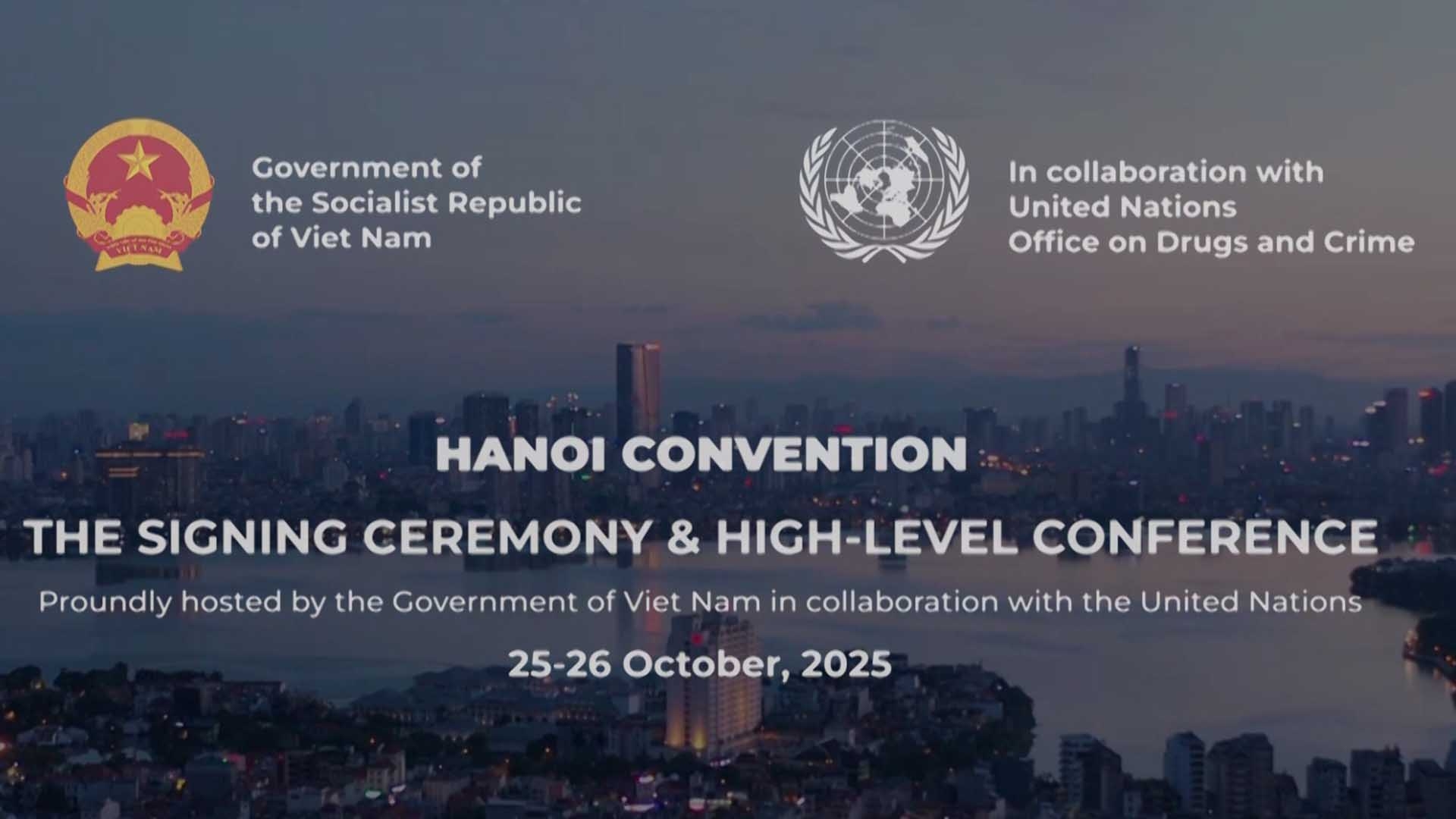
Two parts, one aspiration
Latest
| TIN LIÊN QUAN | |
| Learning spirit of Korean people | |
| ASEAN+3 to contribute more to regional economic connectivity | |
The country of the “twins” symbol
In a lecture at the Korea National Diplomatic Academy (KNDA), Professor Kim Seong Kon showed the kissing gourami on the screen and said, “This is a couple swimming fish. If one of the couple dies, so does the other. In many places, these gouramis are carved into stone statues”. Professor Kim considered that the kissing gourami was a symbol expressing harmony, trust and reunion. This was the aspiration of peace and unity of the people of the South and North Korea.
We often see in Korean movies, actors and singers wearing the same clothes in the scene or in a performance. As a pair of shoes, wearing the same show ones’ interest with close relationship, and they can not miss each other. On the roof of the Inyoung Gallery Building - Seoul, there is a large sculpture of twin golden bears. This is also a popular image in Korea. According to legend, Korean people believe they are the descendants of the legendary bear mother. With remarkable endurance and survival throughout the cold weather, bears became totems of many ancient peoples in the Far East, including the Korean Peninsula.
 |
| The Two Brothers Statue at the Korean War Memorial. |
Noteworthy for the twin logo is the 18-meter statue of the two North-South Korean soldiers embracing each other on the grounds of the Korean War Memorial. The sculpture depicted a man, who was a South Korean military officer, and his younger brother, a North Korean soldier when they met on the battlefield. There is a long and deep crack under their feet that refers to the division of South-North. The statue of two brothers is standing on the tragic division of the country because they are brothers of a family.
The two children of Lee family
In April this year, I first met Ly Thua Vinh from Korea when he participated in the overseas Vietnamese delegation to visit the Spratly Islands, Vietnam. Last July, when I was attending a course for diplomats in South Korea, Vinh visited me in Seongnam City. Ly Thua Vinh (Korean name is Lee Soung Young) is the 28th descendant of King Ly Thai To of Vietnam. Vinh is the Patriarch (head) of the Ly family in Incheon, Korea. Historically, the Ly family of Vietnam went to Korea since the 13th century. Prince Ly Long Tuong (Lee Yong Sang) is the sixth descendant of King Ly Thai To, who crossed the sea to the peninsula, to help the King of Korea defeat Mongol invaders. So he was given the title of Lee Clan of Hwasan (land of the Ly family in Hwasan, now in North Korea). In the early 1950s, the North-South Korean war broke out, causing the Ly family to split. Ly Thua Vinh lived in the South, while his younger sister, Ms. Ly Xuan Hoa resided in the North. For his origin in Vietnam, although it is far away from Korea to Vietnam, but every year he still comes back and visits the family in Bac Ninh province (North of Vietnam) and burns incense for his ancestors. In contrast, the South-North Korea is bordered by one short bridge, but since the date of separation, he has had not any chance to meet his sister once.
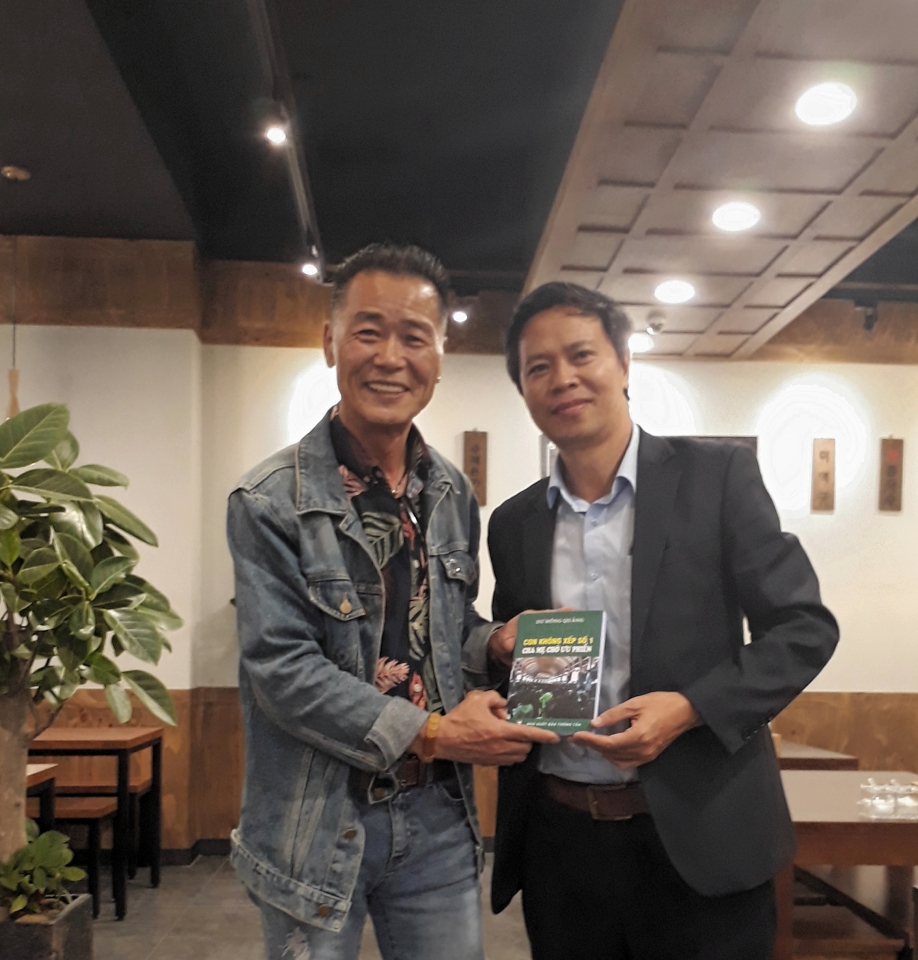 |
| Mr. Lee Soung Young (left) met the author in South Korea. |
Bridges, that connect the banks for transportation, but in Korea, there is a bridge which splits the two parts of the peninsula with a special name "Bridge of No Return". In 1953, prisoners of war (POWs) were brought to the bridge. They were free to choose either to stay on this side, or to cross the bridge to go to the other. For these prisoners of war, their footsteps became very heavy as it determined the destiny of life. They would never be allowed to return, once they had set foot on the other side of the bridge. Those who decided to stay also face the pitiful situation, they almost have no chance to meet their families again.
Walk through the painful bridge
It is possible to see the same story as the family of Ly Thua Vinh when visiting the Korean War National Museum. We were very attentive to the black and white photograph of a family of six (including a newly born child, who is being held in adult hands). The picture depicts them as they traveled to the 38th parallel where appeared a sign with two parts: one half written in English means: "US zone South Korea”, ad the other written in Russian says: "Russian zone North Korea" The children in the photo are now old, but the 38th line is still there as an unhealed cut on the Korean peninsula.
To the south of the parallel the government the Republic of Korea built the Dorasan Observatory. Every day a lot of people come here, including international guests and the Korean people. For some of Korean people, when they miss their relatives in the North, they have no other way but to go to the Observatory to look through the border and think about the message to their loved ones. International visitors like us can only come here once for curiosity, but among those older Koreans, who may come here again and again with the mood as in Vietnamese folk-song "Every afternoon standing by the river, though I want to return to the motherland but without a ferry"?
But a happy signal has come. Recently, South Korean President Moon Jae-in and the North Korean leader Kim Jong-un have been holding hands across the dividing line between the two countries for 65 years. Demonstration of peaceful co-existence by President Moon Jae-in was sent to each of our diplomatic learners. Quote from President Moon Jae-in: "The only thing we are pursuing is peace. The peaceful Korean Peninsula means that it is free of the threat of nuclear weapons and war, that both South Koreans and North Koreans recognize and respect each other to live happily together. We do not expect North Korea to be obliterated, nor toward unification in any way, but we need to reach a consensus. That means the both sides will co-exist, respect each other and gradually restore the national community. If peace is established and maintained then at some point in the future we will naturally achieve unity based on agreements between the two sides. "
There is an inscription at the Dorasan Observatory: "End of Separation, Beginning of Unification." President Moon Jae-in’s quote is the clearest message to fulfill the desire to end the division and begin reunion with the people on the Korean peninsula and the rest of the world.
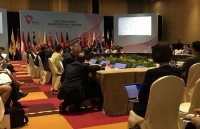 | ASEAN+3 and EAS play important role in regional cooperation structure On August 1, the ASEAN+3 Senior Officials' Meeting (with China, Japan and South Korea) and the Senior Officials' Meeting of the East Asia Summit (EAS) ... |
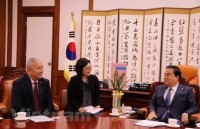 | Vietnam plays important role in RoK’s “New Southern Policy” Vietnam plays an important role in the “New Southern Policy” of the Republic of Korea (RoK) government of President Moon Jae-in, said new Speaker of ... |
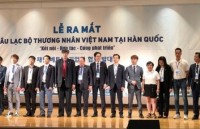 | Vietnamese business club makes debut in RoK The Vietnamese Business Club in the Republic of Korea (VBCK) made its debut at a ceremony in Seoul on July 7, drawing the attendance of ... |






